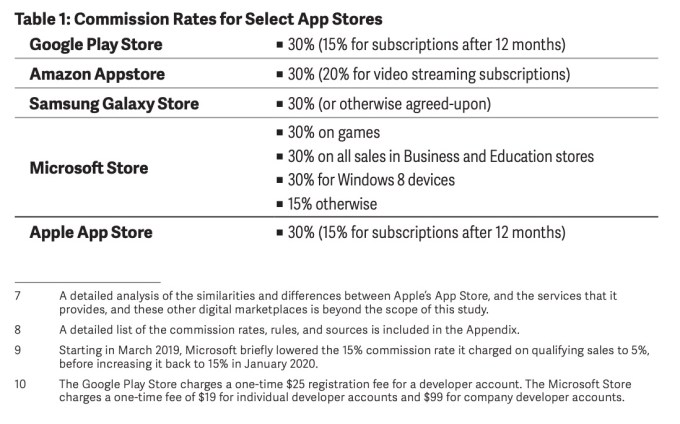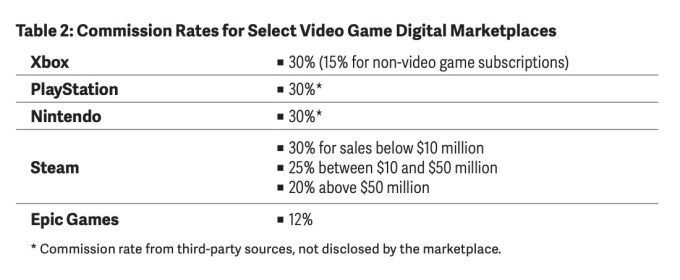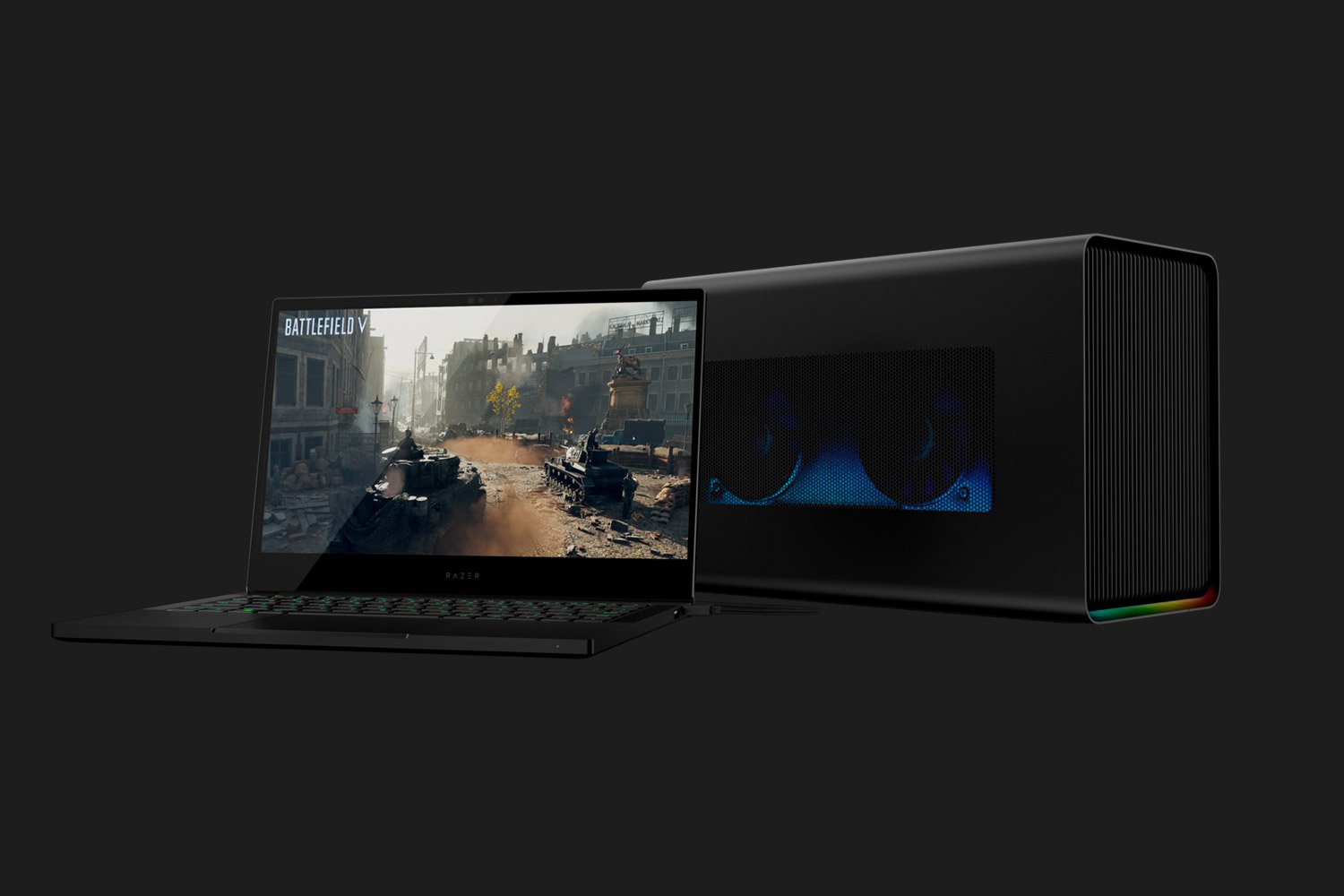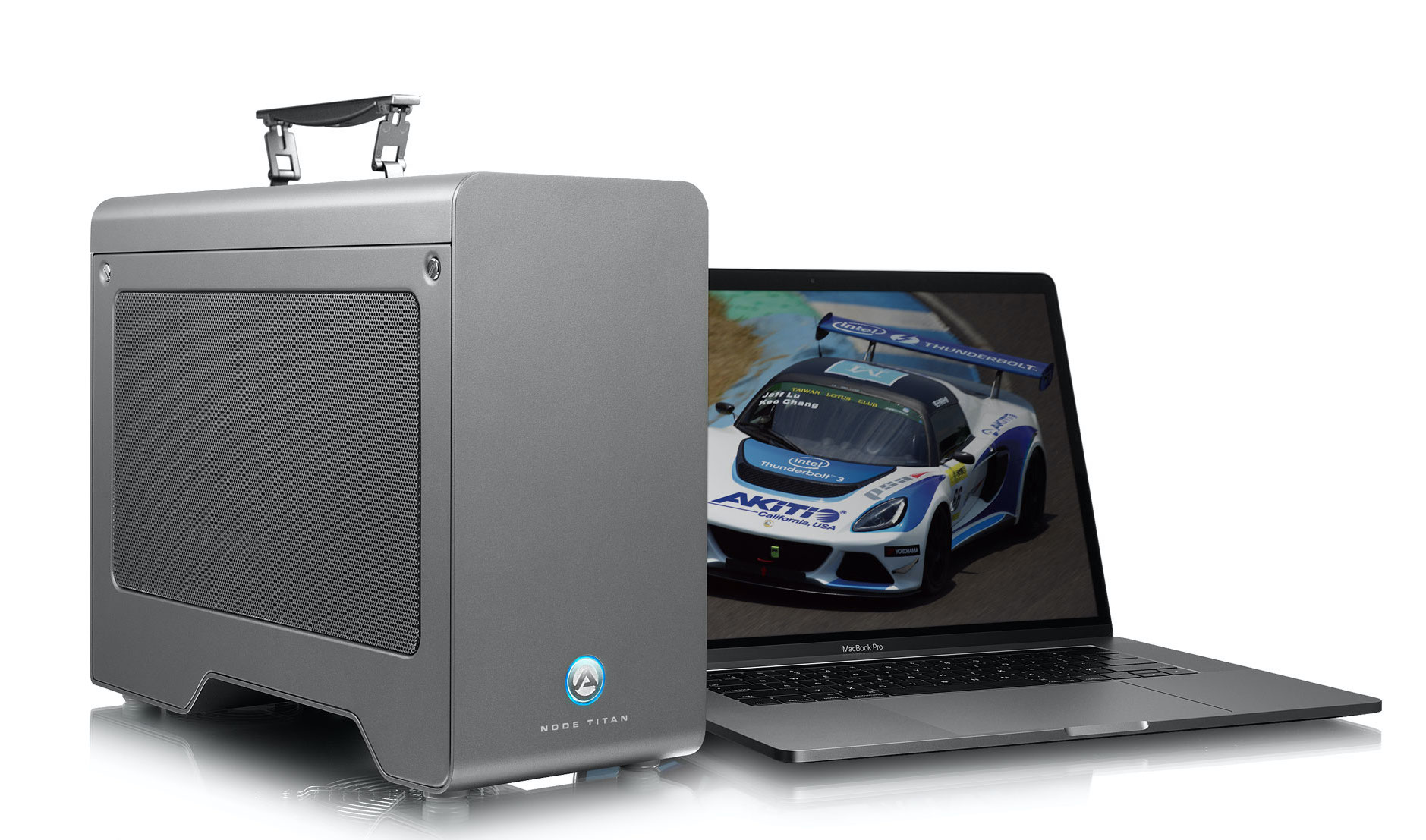Swiss keyboard startup Typewise has bagged a $1 million seed round to build out a typo-busting, ‘privacy-safe’ next word prediction engine designed to run entirely offline. No cloud connectivity, no data mining risk is the basic idea.
They also intend the tech to work on text inputs made on any device, be it a smartphone or desktop, a wearable, VR — or something weirder that Elon Musk might want to plug into your brain in future.
For now they’ve got a smartphone keyboard app that’s had around 250,000 downloads — with some 65,000 active users at this point.
The seed funding breaks down into $700K from more than a dozen local business angels; and $340K via the Swiss government through a mechanism (called “Innosuisse projects“), akin to a research grant, which is paying for the startup to employ machine learning experts at Zurich’s ETH research university to build out the core AI.
The team soft launched a smartphone keyboard app late last year, which includes some additional tweaks (such as an optional honeycomb layout they tout as more efficient; and the ability to edit next word predictions so the keyboard quickly groks your slang) to get users to start feeding in data to build out their AI.
Their main focus is on developing an offline next word prediction engine which could be licensed for use anywhere users are texting, not just on a mobile device.
“The goal is to develop a world-leading text prediction engine that runs completely on-device,” says co-founder David Eberle. “The smartphone keyboard really is a first use case. It’s great to test and develop our algorithms in a real-life setting with tens of thousands of users. The larger play is to bring word/sentence completion to any application that involves text entry, on mobiles or desktop (or in future also wearables/VR/Brain-Computer Interfaces).
“Currently it’s pretty much only Google working on this (see Gmail’s auto completion feature). Applications such as Microsoft Teams, Slack, Telegram, or even SAP, Oracle, Salesforce would want such productivity increase – and at that level privacy/data security matters a lot. Ultimately we envision that every “human-machine interface” is, at least on the text-input level, powered by Typewise.”
You’d be forgiven for thinking all this sounds a bit retro, given the earlier boom in smartphone AI keyboards — such as SwiftKey (now owned by Microsoft).
The founders have also pushed specific elements of their current keyboard app — such as the distinctive honeycomb layout — before, going down a crowdfunding route back in 2015, when they were calling the concept Wrio. But they reckon it’s now time to go all in — hence relaunching the business as Typewise and shooting to build a licensing business for offline next word prediction.
“We’ll use the funds to develop advanced text predictions… first launching it in the keyboard app and then bringing it to the desktop to start building partnerships with relevant software vendors,” says Eberle, noting they’re working on various enhancements to the keyboard app and also plan to spend on marketing to try to hit 1M active users next year.
“We have more ‘innovative stuff’ [incoming] on the UX side as well, e.g. interacting with auto correction (so the user can easily intervene when it does something wrong — in many countries users just turn it off on all keyboards because it gets annoying), gamifying the general typing experience (big opportunity for kids/teenagers, also making them more aware of what and how they type), etc.”
The competitive landscape around smartphone keyboard tech, largely dominated by tech giants, has left room for indie plays, is the thinking. Nor is Typewise the only startup thinking that way (Fleksy has similar ambitions, for one). However gaining traction vs such giants — and over long established typing methods — is the tricky bit.
Android maker Google has ploughed resource into its Gboard AI keyboard — larding it with features. While, on iOS, Apple’s interface for switching to a third party keyboard is infamously frustrating and finicky; the opposite of a seamless experience. Plus the native keyboard offers next word prediction baked in — and Apple has plenty of privacy credit. So why would a user bother switching is the problem there.
Competing for smartphone users’ fingers as an indie certainly isn’t easy. Alternative keyboard layouts and input mechanism are always a very tough sell as they disrupt people’s muscle memory and hit mobile users hard in their comfort and productivity zone. Unless the user is patient and/or stubborn enough to stick with a frustratingly different experience they’ll soon ditch for the keyboard devil they know. (‘Qwerty’ is an ancient typewriter layout turned typing habit we English speakers just can’t kick.)
Given all that, Typewise’s retooled focus on offline next word prediction to do white label b2b licensing makes more sense — assuming they can pull off the core tech.
And, again, they’re competing at a data disadvantage on that front vs more established tech giant keyboard players, even as they argue that’s also a market opportunity.
“Google and Microsoft (thanks to the acquisition of SwiftKey) have a solid technology in place and have started to offer text predictions outside of the keyboard; many of their competitors, however, will want to embed a proprietary (difficult to build) or independent technology, especially if their value proposition is focused on privacy/confidentiality,” Eberle argues.
“Would Telegram want to use Google’s text predictions? Would SAP want that their clients’ data goes through Microsoft’s prediction algorithms? That’s where we see our right to win: world-class text predictions that run on-device (privacy) and are made in Switzerland (independent environment, no security back doors, etc).”
Early impressions of Typewise’s next word prediction smarts (gleaned by via checking out its iOS app) are pretty low key (ha!). But it’s v1 of the AI — and Eberle talks bullishly of having “world class” developers working on it.
“The collaboration with ETH just started a few weeks ago and thus there are no significant improvements yet visible in the live app,” he tells TechCrunch. “As the collaboration runs until the end of 2021 (with the opportunity of extension) the vast majority of innovation is still to come.”
He also tells us Typewise is working with ETH’s Prof. Thomas Hofmann (chair of the Data Analytic Lab, formerly at Google), as well as having has two PhDs in NLP/ML and one MSc in ML contributing to the effort.
“We get exclusive rights to the [ETH] technology; they don’t hold equity but they get paid by the Swiss government on our behalf,” Eberle also notes.
Typewise says its smartphone app supports more than 35 languages. But its next word prediction AI can only handle English, German, French, Italian and Spanish at this point. The startup says more are being added.
from Android – TechCrunch https://ift.tt/3jzsmiw
via IFTTT


 The
The  If you’re looking to spend a little less money, and get an enclosure that’s a bit more barebones but that still offers excellent performance, check out the
If you’re looking to spend a little less money, and get an enclosure that’s a bit more barebones but that still offers excellent performance, check out the